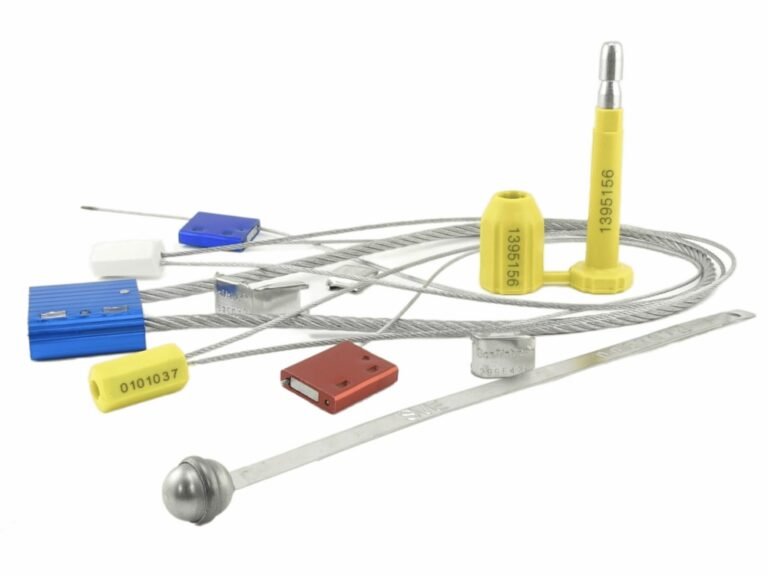Are you choosing security seals based on a simple "good, better, best" mentality? This common mistake forces you into a false choice, often leading you to either overspend on security or critically under-protect your most valuable assets.
These three tiers are not a product ladder; they are three distinct risk management strategies. An indicative seal is a witness, a security seal is a guard, and a high-security seal is an armored guard. The right choice is about matching the security level to the asset's risk.
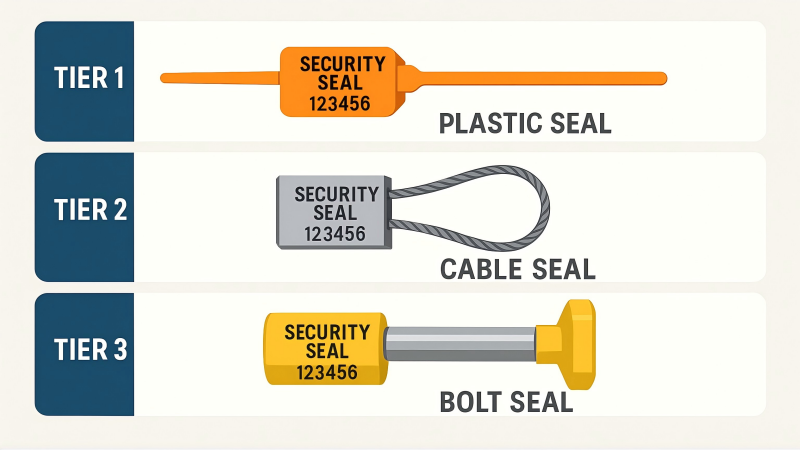
Throughout my career, I've seen clients struggle with this choice. The key to success is to stop thinking like a shopper and start thinking like a security director. Choosing a seal is like assigning security personnel to an asset. You wouldn't put an unarmed watchman in charge of a Brinks truck, nor would you assign a heavily armed SWAT team to guard the office supply closet. It's about a strategic match between the value of the asset and the level of risk it faces. Understanding these three tiers as distinct strategies is the first step to building a security plan that is both effective and cost-efficient.
Tier 1: Indicative Seals — When Is Pure Tamper Evidence Enough?
Do you believe that a security seal is useless unless it's incredibly hard to break? This common misconception overlooks the immense power of pure information in a security strategy.
Indicative seals are your witnesses. They are not designed to be a physical barrier, but to provide clear, undeniable evidence of tampering. This strategy is perfect for low-risk scenarios where accountability and information are the primary goals.
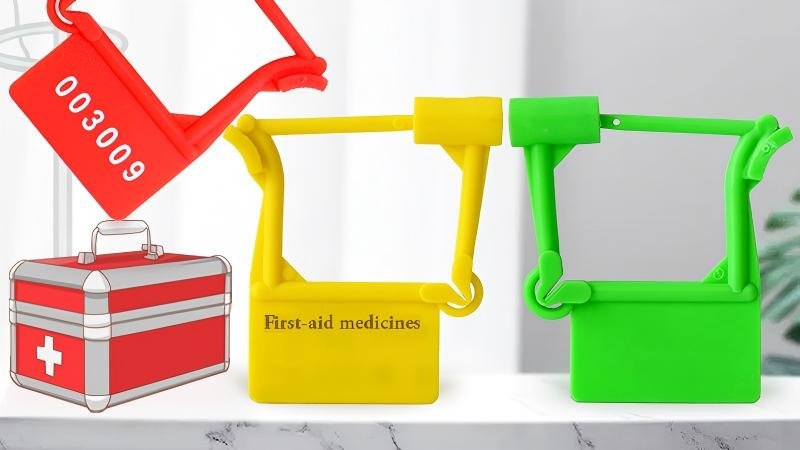
Indicative seals are the foundation of many internal control systems. Their mission is not to fight, but to testify. They provide the crucial data point that tells you whether the integrity of an item has been maintained.
The Mission: Information Over Force
The entire design philosophy of an indicative seal revolves around evidence. It's typically made of plastic and can be removed by hand or with a simple cutting tool. Its weakness is a feature, not a bug. It ensures that any attempt at entry, no matter how small, is immediately and visibly recorded.
The Key Feature: The Serial Number
The true power of this "witness" is its unique serial number. This one feature transforms a simple piece of plastic into a link in your chain of custody. By recording the number at the point of sealing and verifying it at the destination, you create an unbreakable information trail. A thief can break the seal, but they cannot replace it without the discrepancy in the serial number being discovered.
Common Applications
- Fire extinguishers and first-aid kits (to show they haven't been used since the last inspection).
- In-flight catering and duty-free trolleys.
- Internal logistics totes and roll cages.
Tier 2: Security Seals — Balancing a Physical Barrier with Cost-Effectiveness?
What happens when you need more than a witness, but a full-blown armored guard is too expensive and impractical for the job? This is where a balanced, mid-level strategy is required.
Security seals are your patrolling guards. They offer a moderate physical barrier and a stronger visual deterrent than indicative seals, perfectly balancing deterrence, strength, and cost for a wide range of domestic and mid-risk shipments.
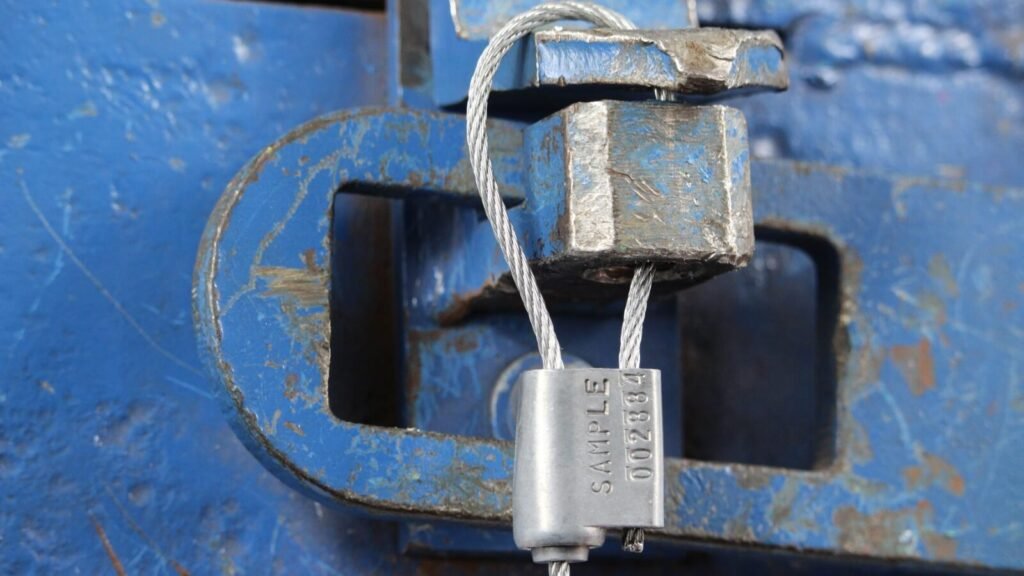
This tier represents the smart, middle-ground strategy. Think of this as a uniformed security guard—their presence deters casual opportunists, and they are equipped to handle a more determined threat than a simple witness.
The Mission: Deterrence and Delay
Unlike their plastic seals, these seals require a tool—like a cable cutter—for removal. This introduces two key security elements: deterrence (the seal looks tougher and more official) and delay (a thief can't just rip it off by hand). This added time and effort increases the thief's risk of being caught. Common examples are cable seals and fixed-length metal strap seals.
Material and Construction
These seals typically incorporate metal components, such as a galvanized steel cable inside a plastic body. This construction provides significantly more tensile strength than a simple plastic seal, making them resistant to accidental breakage and casual tampering.
Where They Shine
This tier is the workhorse for many logistics operations. It's ideal for:
- Domestic truck and trailer shipments.
- Securing warehouse and facility doors.
- High-value internal transfers where an indicative seal feels insufficient.
Tier 3: High-Security Seals — The Ultimate Barrier Defined by ISO 17712?
For your most critical shipments, is a "strong-looking" seal enough? When facing international customs and organized crime, you need a barrier that is not just strong, but independently certified to global standards.
High-security seals are your armored guards. They are designed to provide the maximum possible physical barrier and are independently tested and certified to ISO 17712 "H" Class. This is the mandatory strategy for all international container shipments.
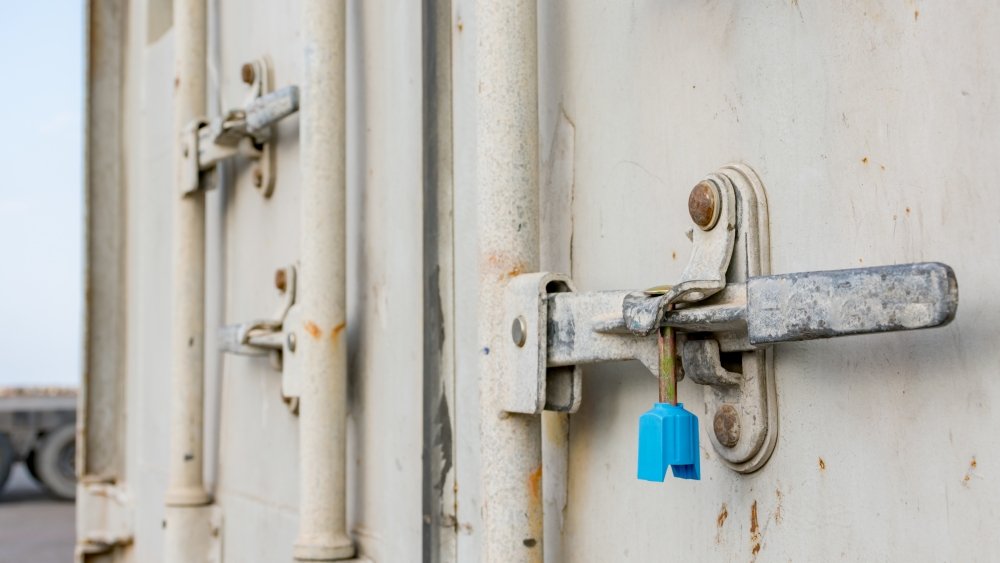
This is the top tier of risk management, reserved for assets where the consequences of compromise are severe. An ISO-certified high-security seal isn't just a product; it's a declaration that you are compliant with the highest standards of global trade security, such as the C-TPAT program.
The Mission: Maximum Resistance and Compliance
These seals, like bolt seals and heavy-duty cable seals, require specialized, high-leverage bolt cutters for removal. Their entire purpose is to be a formidable physical barrier against a determined, professional attack. But their strength is only half the story. Their ISO 17712 certification is what guarantees their performance and grants them access across international borders.
The Standard: What ISO 17712 "H" Class Means
An "H" Class rating is not a marketing term. It means the seal has passed a battery of rigorous, third-party laboratory tests for:
- Tensile Strength: Resisting being pulled apart.
- Shear Strength: Resisting being cut by blades.
- Impact Resistance: Withstanding heavy blows at various temperatures.
It is an objective, verifiable measure of a top-tier physical barrier.
How to Choose the Right Tier: A Decision Matrix Based on Cargo Value and Risk?
Feeling uncertain about which security "guard" to hire for each specific job? Making this decision on a gut feeling is a recipe for inconsistency and creates dangerous gaps in your security.
Use a simple risk matrix. By mapping your cargo's value against the route's risk level, you can logically determine the appropriate security tier, ensuring your resources are allocated effectively every single time.
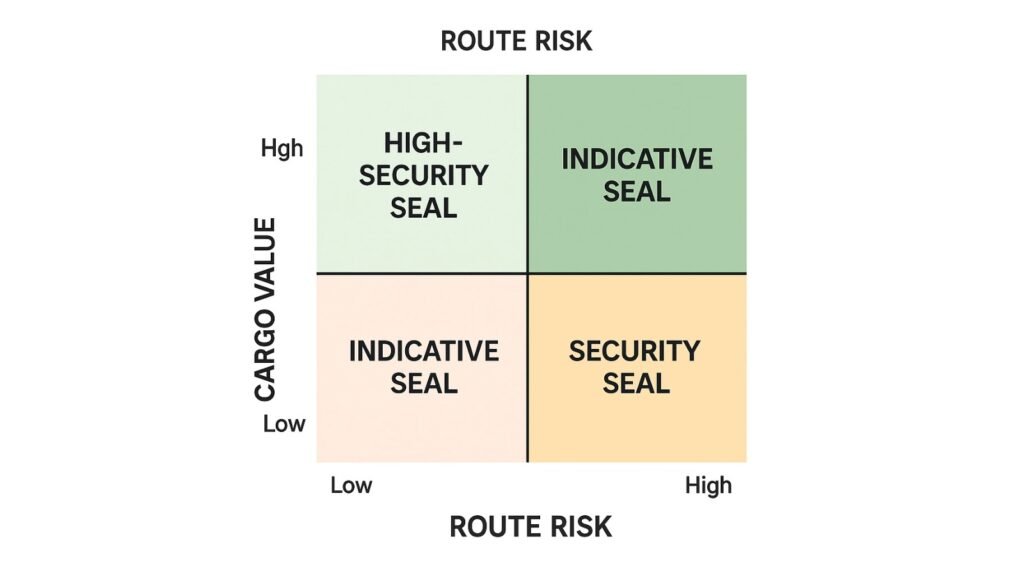
This is the exact framework I use to help my clients architect their security protocols. It removes emotion and guesswork from the equation and replaces it with strategic logic. It ensures you never overspend on low-risk assets or under-protect your most valuable ones. A single high-value loss could cost tens or even hundreds of thousands of dollars, making the investment in the right seal tier negligible in comparison.
| Low-Risk Route | High-Risk Route | |
|---|---|---|
| Low-Value Cargo | Tier 1 (Indicative Seal): The witness. Perfect for internal process control where information is key. | Tier 1 or Tier 2: A witness or patrolling guard. The risk may warrant a visual deterrent. |
| High-Value Cargo | Tier 2 (Security Seal): The patrolling guard. The value of the goods justifies a physical barrier. | Tier 3 (High-Security Seal): The armored guard. The combination of high value and high risk makes the maximum certified protection mandatory. |
Beyond the Seal Itself: How Security Protocols Amplify Each Tier's Protection?
Do you think that simply buying and applying the correct seal is the end of the story? The world's best seal is useless if it's not supported by a robust and disciplined human process.
A security seal is a tool, not a complete solution. Its effectiveness is amplified tenfold by a strict seal protocol. This set of procedures is what activates the seal's potential and turns it into a powerful part of your management system.
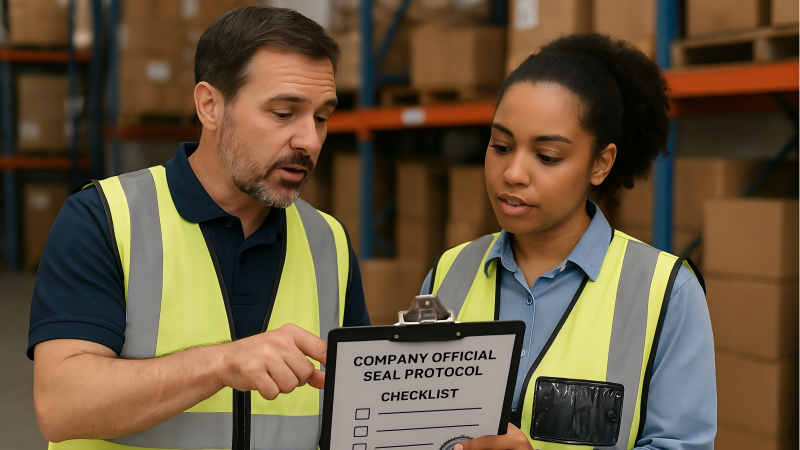
I have seen companies invest in the best Tier 3 seals only to have their value completely negated by sloppy procedures. Conversely, I’ve seen companies achieve incredible security with simple Tier 1 seals because their protocols were flawless. The protocol is your force multiplier. Your protocol must, at a minimum, include:
- Secure Storage: How are unused seals controlled to prevent theft and unauthorized use?
- Application & Verification: Who is authorized to apply seals? How is the seal's integrity checked upon application?
- Documentation (Seal Log): Where are the serial numbers recorded? This must include the number, date, time, location, and personnel signature. This logbook is your most critical piece of evidence.
- Removal & Inspection: What is the procedure for inspecting the seal at its destination? Who is authorized to remove it? What happens if a seal is found broken or the number doesn't match the log?
No matter which tier you choose, a strong protocol is what brings your security strategy to life.
Conclusion
Stop seeing security seals as good, better, and best. Start deploying them as strategic assets: witnesses for low-risk information, guards for mid-level deterrence, and armored guards for high-risk, high-value shipments.
Get the Right Security Strategy for Your Cargo
At ProtegoSeal, we offer a complete range of indicative, security, and high-security seals. More importantly, we can help you build the right strategy for your unique needs. Contact me to align your security tier with your risk.

